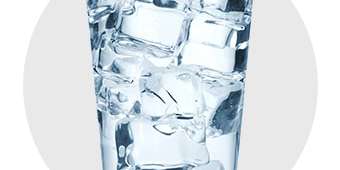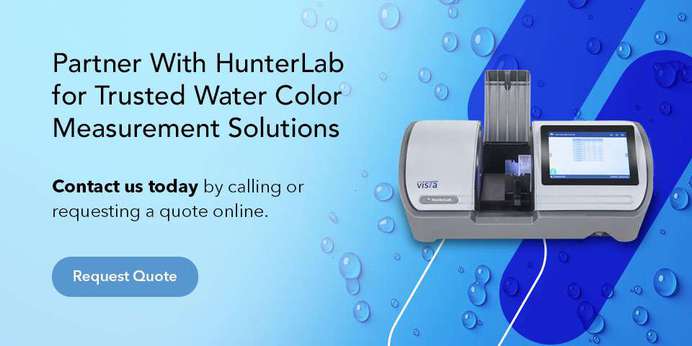
High-quality water is essential for health and safety, but it can be challenging to determine its quality. Many of the particles in water are microscopic and should be removed for health compliance and hygiene reasons, such as nitrates and arsenic. Customers rightly equate water clarity with water quality, preferring clear, pure water.
Some people would rather have minerals in their water to prevent it from tasting flat, so you may have to add these in if they aren't already present. When you're measuring water color, striking that balance between turbidity and quality is critical.
Determine the Turbidity in Water
Turbidity is an umbrella term for a lack of transparency in water. When water appears unclear, tiny particles are present — these particles reflect light to your eye or elsewhere, reducing clarity. The less turbidity in water, the more light can penetrate it, giving it a clear appearance. It's important to note that some turbidity occurs naturally, and some minerals can be beneficial for taste. To maintain color consistency, you should measure the color of water throughout the production process.


